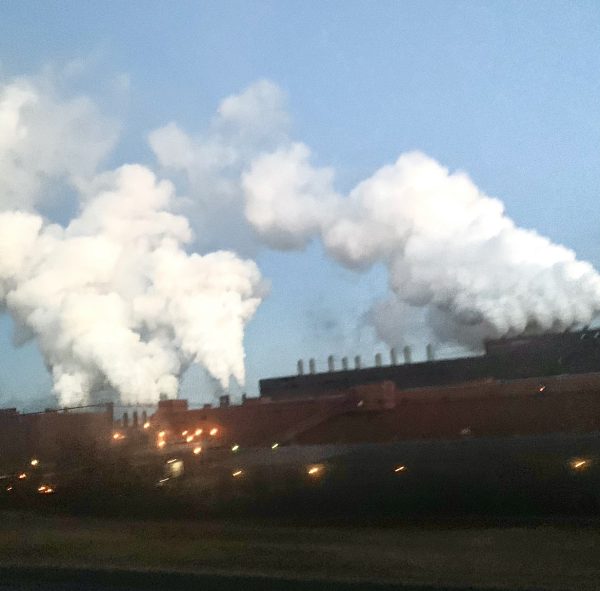Ocean acidification consuming world oceans
April 19, 2020
Nearly 75 percent of the world’s coral has been wiped out due to ocean acidification. Ocean acidification is the absorption of excessive amounts of carbon dioxide in the ocean, causing the water to become more acidic. The pH, or measure of ion concentration in bodies of water, has increased in acidity within the last few years due to global warming.
“Most in the form of CO2, half of that gas gets absorbed by the oceans and the oceans take that CO2 and through a series of steps, ultimately make it into limestone, which is good,” environmental science teacher Andrew Weaver said. “The problem is that is a chemical reaction and we have so much carbon in the atmosphere that is trying to make it into rock.”
An outlook on the future of our environment
If nothing is done in the future to reverse and help ocean acidification, mass extinctions of marine species will occur; the ocean will continue to rise in acidity, and all life on earth will slowly fade away.
Senior Sophie Watkins said she thinks ocean acidification is bad and it is affecting the plant life in the ocean and all species of animals, and society needs to do something about it.
The main result of excessive carbon emissions being absorbed by the ocean is the pH level of the ocean rising. This is especially impacting all marine critters and mammals in the ocean as they are unable to prey on other animals, they cannot reproduce and their habitats are ruined.
Weaver said “all the shelled critters like oysters, and the production of coral take carbon from the water and they make calcium carbonate which is the same component of limestone. Shells like oysters, clams and coral skeletons cannot make new shells from all the carbon and it’s really going to show in the future.”
Excessive CO2 emissions negatively contributing to ocean acidification
Throughout the past couple of decades, the ocean has absorbed significant amounts of carbon dioxide, and the amount of CO2 absorbed only keeps rising.
“Since the beginning of the industrial era, the ocean has absorbed 525 billion tons of CO2 from the atmosphere, presently around 22 million tons per day,” Smithsonian Ocean said.
Ocean acidification not only negatively impacting the ocean, but humans are also being affected. Humans produce too much carbon from factories and farming, which also plays a role in the increasing temperature and the warmer climate.
“Some people are saying tragic things like in 30 years we won’t have any coral reefs at this rate of acidification,” Weaver said. “Several hundred species of fish that people eat, especially if you live in an island community, that’s your food, and suddenly the whole oceanic food chain collapses from this.”
New technologies and improvements being made
Scientists used to think the ocean absorbing great amounts of carbon dioxide from the atmosphere was beneficial for the environment because it reduced the amount of CO2 in the air, which warms the planet, but scientists were proved wrong.
“In the past 200 years alone, ocean water has become 3o percent more acidic-faster than any known change in ocean chemistry in the last 50 million years,” Smithsonian Ocean reported.
However, scientists are working to reduce the rate of carbon emissions and ocean acidification. With new inventions and hope for a cleaner future, scientists and inventors will stop at nothing for a healthier future for the ocean and the environment.
Weaver said switching to renewable energy worldwide is highly important and Minnesota currently uses 20 percent of renewable energy, a step in the right direction.
A big invention being developed is carbon capture; the storage process is used for capturing carbon dioxide from factories or large power plants and sources that emit great amounts of CO2. The CO2 captured from this highly expensive machine is transported to a storage site and deposited where it is out of the atmosphere, such as in an underground formation.
“I am hopeful that carbon capture becomes more a thing of the future, but right now it is being used a little in trying to work our the efficiencies of the machine,” Weaver explained.
If nothing is done to reduce CO2 and reverse ocean acidification, the excessive amount of carbon dioxide in the atmosphere will continue to increase the acidity of the ocean. The increasing acidity will cause ocean species to die, which means reduced amounts of seafood for human consumption.
“I don’t know if anything good really comes out of this for the oceans and sadly we in the Midwest, we don’t think of our oceans a lot when it comes to our production, but if you go to the East and West coasts and go to a market, you see a lot more predominant influence from the ocean,” Weaver said.













